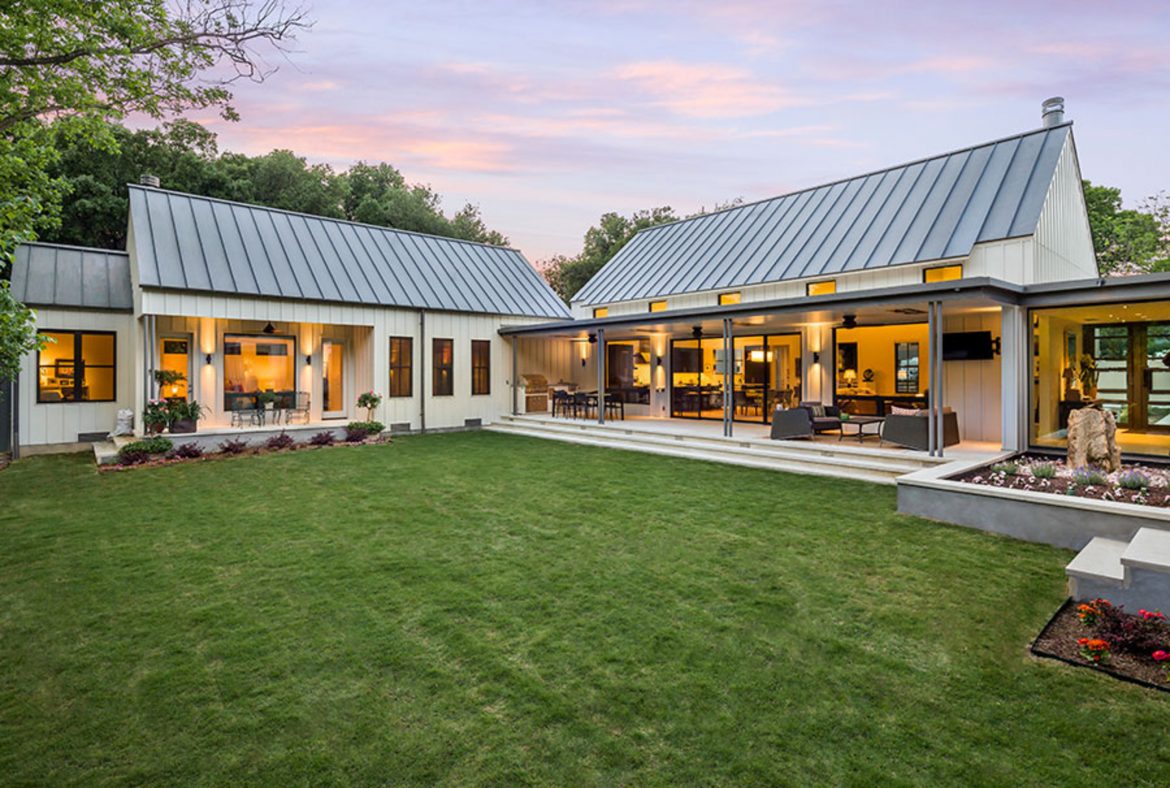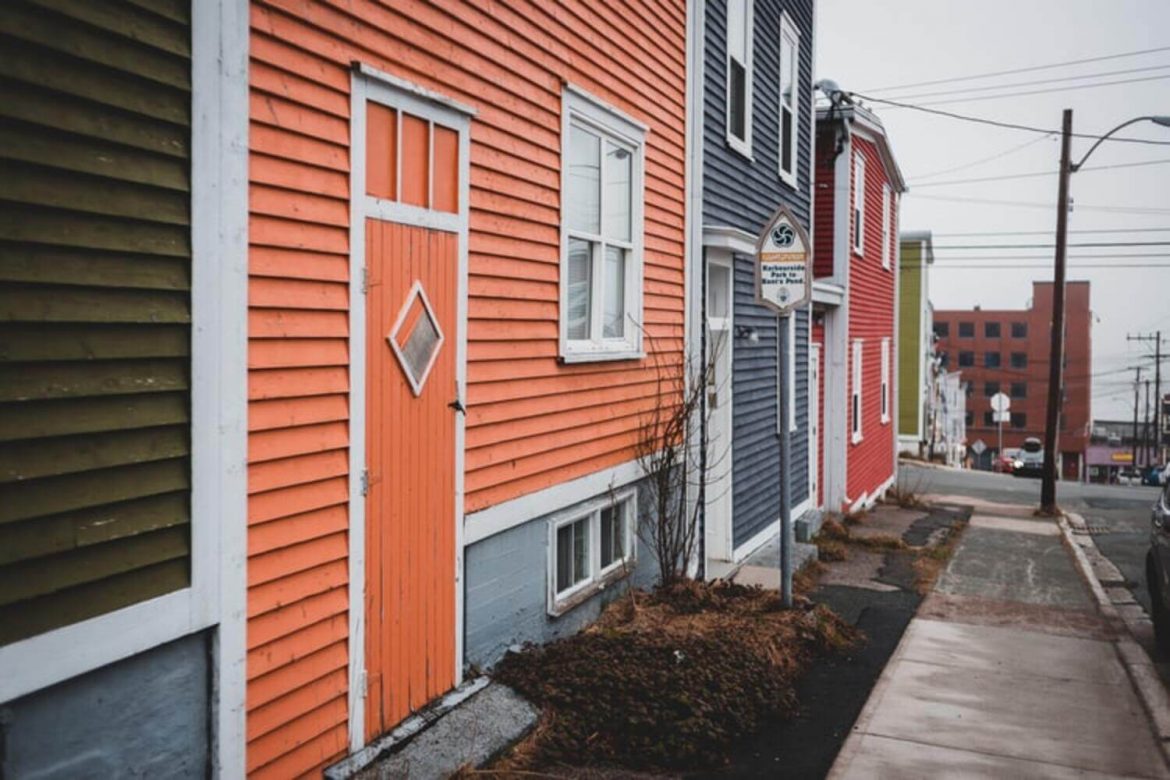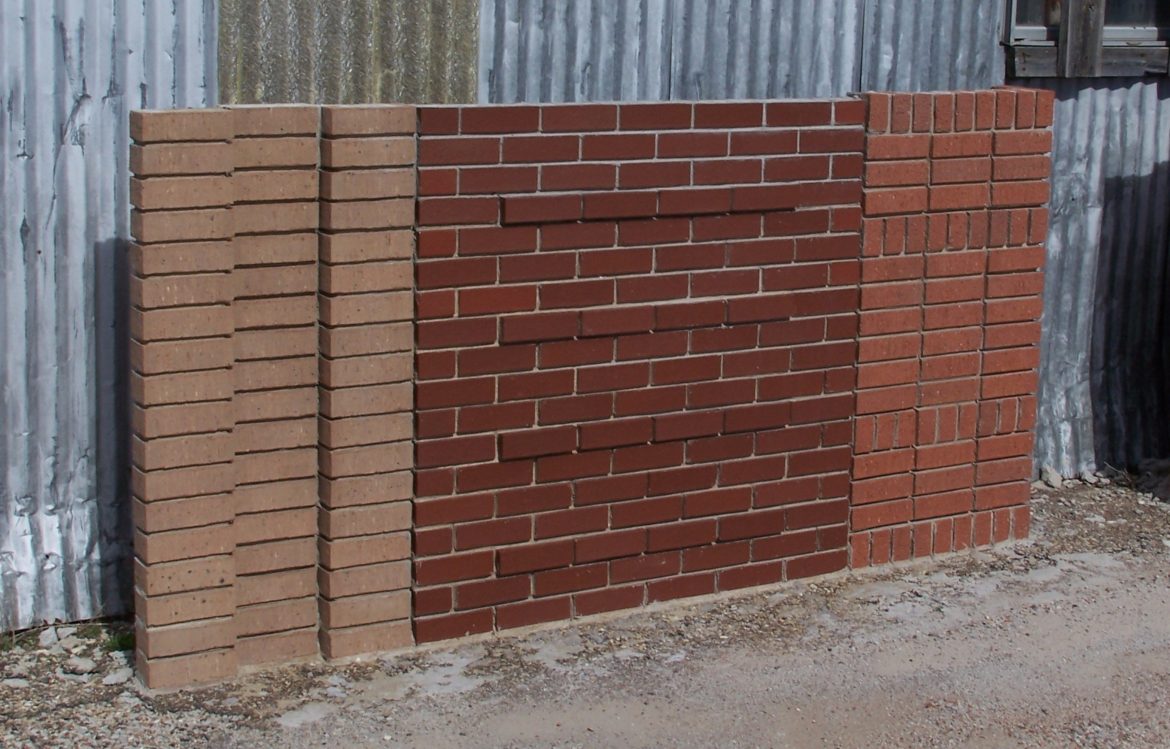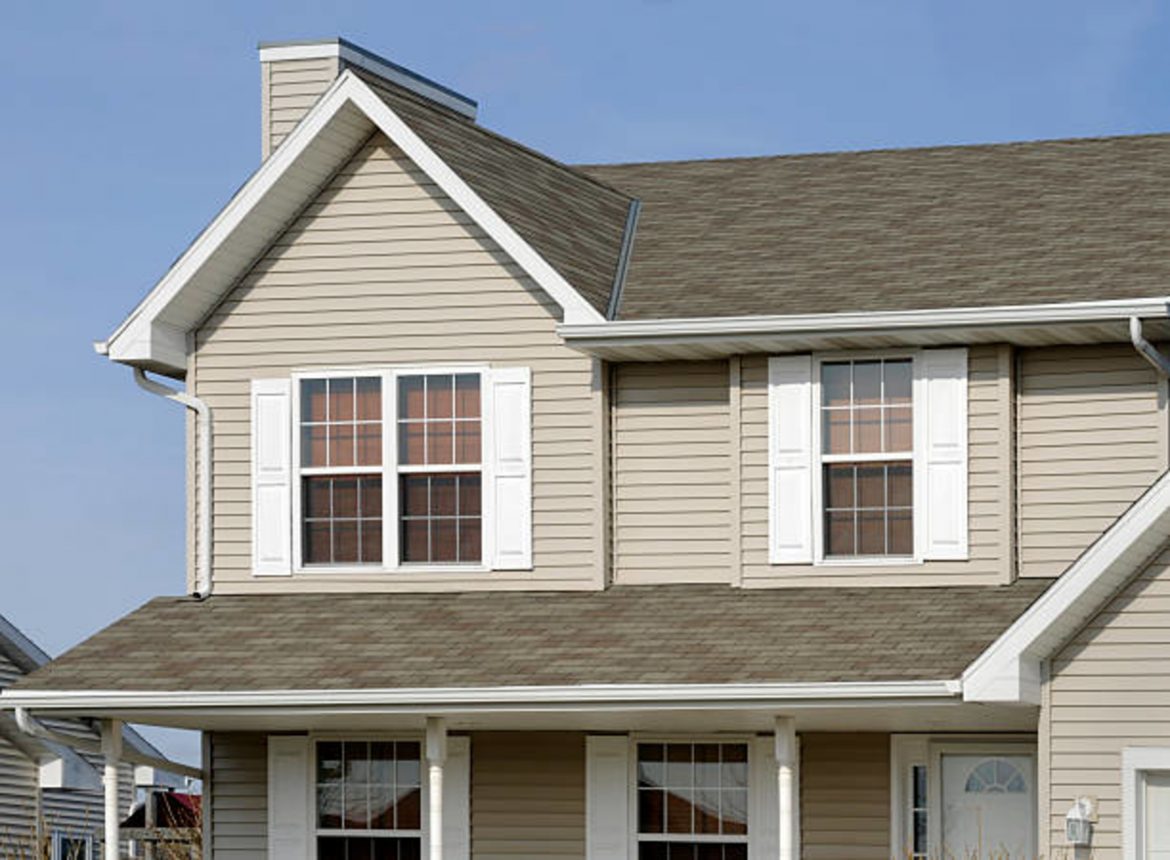Do you know how big Texas is? — 268,597 square miles. Even if you combine its neighbors, Arizona and New Mexico, Texas would still be larger.
Because of its size, the climate can vary for different parts of the state. Hot weather bakes a huge chunk of West Texas while the eastern areas are much cooler with more trees. Snow occasionally falls, but the heat usually melts it in a week. Chances of hail and thunderstorms also threaten the state.
So, since the weather across the Lone Star State is crazy and random, what is the best siding you should get for your home?
Here’s a brief list to help you make the right choice.
1. Fiber Cement Siding
Climate plays a huge factor in choosing an exterior for your home. Since most of Texas is humid and hot, make sure your siding can withstand the heat. Out of all siding types, fiber cement is the best choice. As far as durability goes, this material is super resilient.
Notable advantages include:
- Does not expand when exposed to tremendous heat
- It is not affected by harsh weather elements.
- Not vulnerable to molds and wood-boring insects
- Can be customized to look like wood
- Low maintenance
- Can be installed over insulation
- Cost-effective in the long run. Unless damaged to an extent, there’s no need to replace it since it lasts for decades.
In contrast, the downsides of using fiber cement siding are:
- Limited availability (can only be purchased from a local retailer)
- Expensive and costs a lot to install
- Color fades over the years
- Its hefty weight can cause problems if your house is quite old.
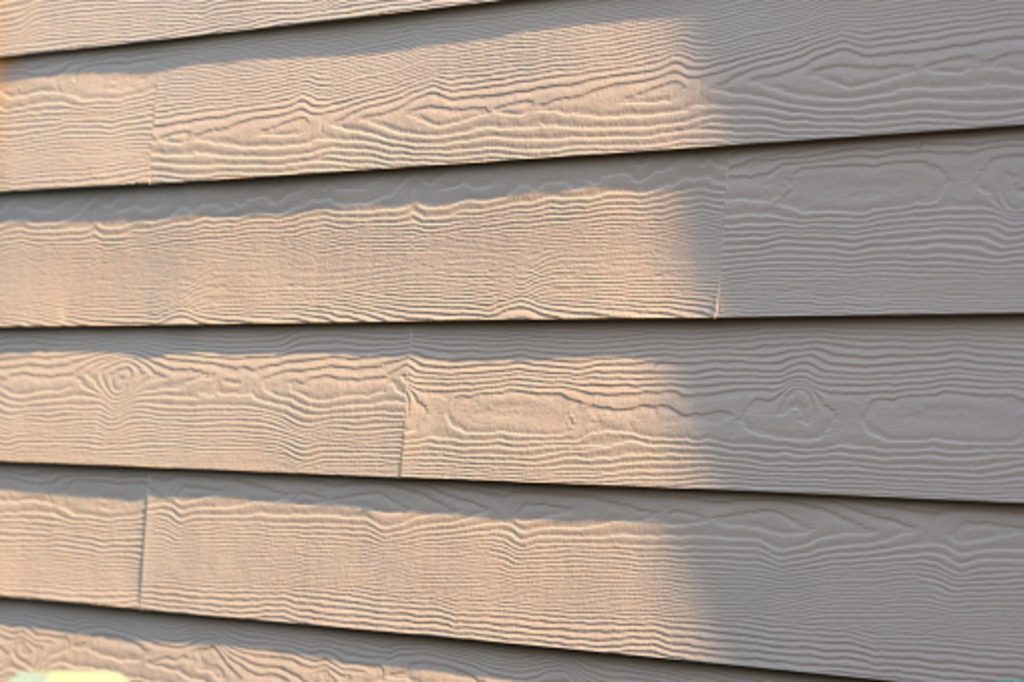
2. Vinyl Siding
The most popular type of siding today, vinyl siding is a good alternative if fiber cement doesn’t suit your needs. It is light, highly accessible, and convenient. It offers the perfect weatherproofing for relentless and varied Texas seasons.
Here are some of the pros of using vinyl siding:
- More affordable
- Durable but still inferior to the toughness of fiber cement.
- Can stand harsh weather
- Excellent insulation
- Easy to install
- Lightweight, therefore, making it easier to transport
As for the cons:
- Melts in high temperatures and becomes brittle under frigid conditions
- Releases toxic fumes when exposed to extreme heat
- Can let water leak into the interior walls of your home
- Moisture problems can lead to mold formation
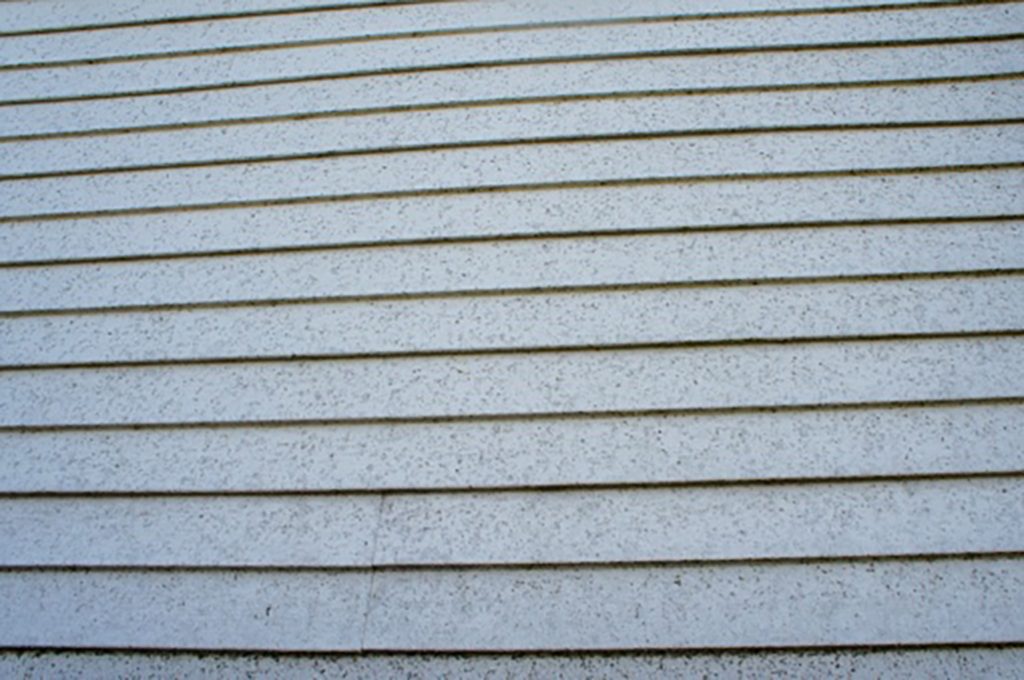
3. Insulated Vinyl Siding
Basically, this is vinyl siding but better. It is made by backing up standard vinyl siding with an added layer of insulation.
Significant advantages of this siding include:
- The extra insulation results in an energy-efficient experience.
- Considerable reduction in humidity and temperatures within the house
- More flexible than standard vinyl siding
- Provides added protection and durability
- Gives an improved feel for your home’s exterior
- No need to worry about moisture problems
The drawbacks are:
- A bit more expensive than standard siding
- Higher labor cost to install
- Accumulation of moisture encourages the growth of mold
4. Steel Siding
Steel siding might be the least effective on this list, but it’s still better than the remaining siding types. If you live in colder areas, this one is a decent pick.
According to Clad Siding, the pros of this siding are as follows:
- Exceptionally durable. It’s metal, after all.
- Fire resistant
- Solid design
The cons include:
- Poor insulation
- Prone to rust formation
- More expensive than conventional siding
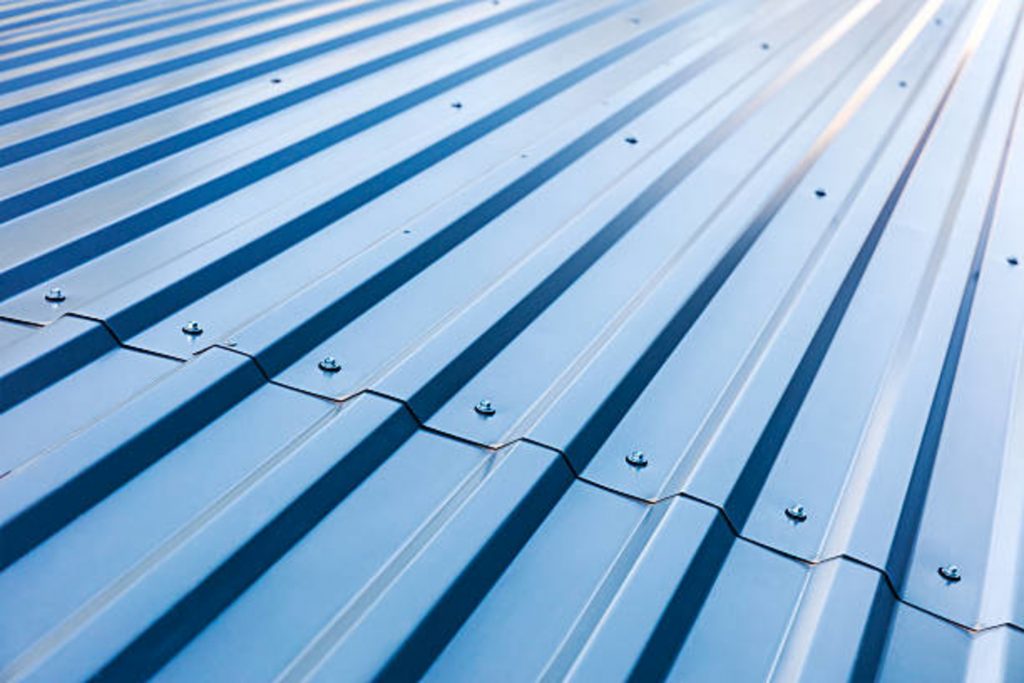
How to Choose the Best?
Whatever the situation, it isn’t easy when you are given a couple of choices. Thorough research can help you consider your options, but it’s always best to ask experts for their opinion. Their broad knowledge of siding and expertise will help you arrive at a conclusion that will cut your costs while still letting you enjoy the beauty of living in Texas.

